Rider Rap: Donovan Long

In racing, there’s no secret to success. Either you put in countless hours of work, or you risk becoming just another also-ran. Donavon Long, the most successful team owner in BMX racing history, is a firm believer in this ethos. For the last 21 years, Long has been directly involved in the sport, piloting his team to 14 national titles and two World Cups, while coaching six Olympic athletes along the way. What started as a family hobby has turned into a full-time career for Long—and he’s not finished yet.
You have a different beginning in BMX than most.
Yeah, I grew up riding motorcycles my whole life with guys like Rick Johnson and Ron Lechien in the San Diego area. I always rode BMX bikes as a kid, but never raced; it was just something fun to do with my friends. Then when my son Nic was 6 or 7 years old, we drove by the local BMX track one day just to check it out. Of course, he wanted to do it. We started racing and I fell into the position I’m in now.
How did your team come about?
Nic was racing BMX already for about a year, and then a couple of his friends and my daughter got into it. We started looking at joining some local teams, but instead decided to start our own. That’s how Factory Phantom began. In the beginning, we just had a couple local kids riding for us and I made a few of my own products. Christian Craig raced for us for four years. We also had Dennis Enarson and Chad Kerley come through the team, so we’ve been lucky to have multiple nationally ranked athletes on the team throughout the years.
What’s the ultimate goal?
Right now we have a lot of very young riders on the team and we want to help them develop as much as possible. Our goal is always to help them reach the point where they’re being paid to ride for a factory-level team.
What is Long’s Sports Group?
Long’s Sports Group does multiple things. I do consulting for a large engineering firm, which is in charge of building many of the BMX supercross tracks around the country. Together, we discuss things like what they should do about the track’s surface or layout. LSG also travels to host our own clinics and summer camps around the country. We do private training where we have some riders that live with us full-time and travel around to the races with us. And of course, we continue to own and run our race team.

Where do you see the most improvement in your clients?
We specialize a lot in gate training and are more specific with it than anything else. Aside from putting out articles on specific types of gate training, we also have our own training gate here at our house in Florida, as well as at Nic’s house in California. Getting riders off the line faster is our goal. It’s all data-driven for us. Every type of training that we do, we use timing devices and video to review it.
Nic is a two-time Olympian as a BMX racer. Were you always in charge of his training?
Nic has had many different coaches who have helped him, but I’ve obviously always kept an eye on him. He went and lived at the Olympic Training Center and trained there in preparation. We traveled to all the World Cup events together through the 2016 Olympics. I’d do video analysis for him and help with training where I could, but I was just one piece of the puzzle.
What’s the best advice you would give to aspiring racers?
The biggest thing that we teach with our riders and at our clinics is to always have a plan. If you’re going to the track for a couple-hour session to ride and have fun, make sure that part of that time you have a plan to work on a specific area of your riding. It always has to be fun—you can’t ever take that away from it—but allotting time to focus on techniques or drills will pay dividends down the road. We also encourage our riders to keep a journal of what they’re doing and then track improvements through the data systems that we use. If you don’t do that, you could be out there spending a lot of time and money, only to wonder why you aren’t winning races.
When your days in BMX are over, how would you like to be remembered by the industry?
Wow, I guess I’ve never thought about that. I never do anything for the recognition, that’s why we never really talk about the different accomplishments that we’ve had. I think the moments that my wife and I got to share going to the two Olympics to watch Nic compete, those were priceless. My goal is to help another family reach that same level and enjoy that with their kids. You really can’t even use words to describe what it feels like to go to the London Olympics and watch your son compete. That said, it’s more about the memories that the riders and their families get out of it rather than what they look back and see from us.
Why would you recommend 6D?
Since our team has been with 6D, our riders have had some very, very hard-impact crashes, with incredible safety results. With other helmet manufacturers, I’ve had some riders out for three or four months because of their concussion symptoms. Not once have we had that in a 6D. The company’s customer service has also been great. If we have a rider crash, they replace it the next day. I’d have to say that it’s been the safest helmet our team has ever used. We would never use anything else.
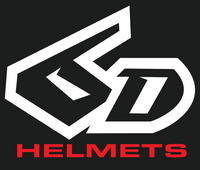
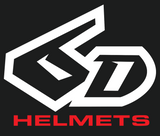

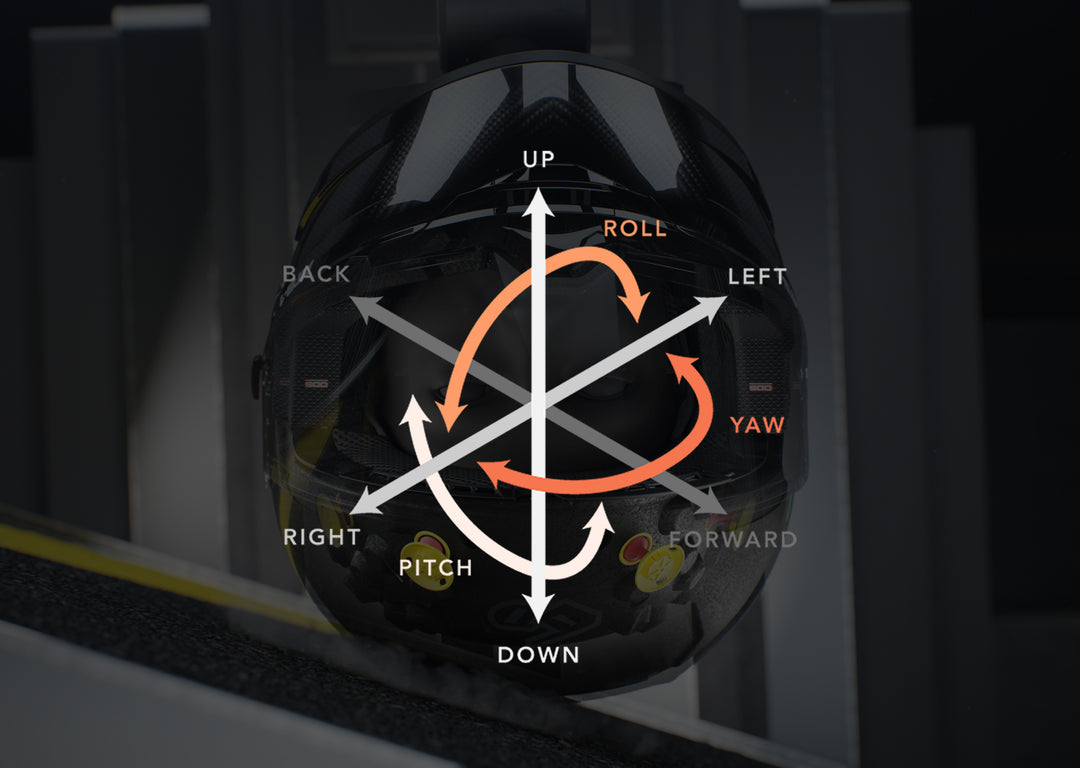
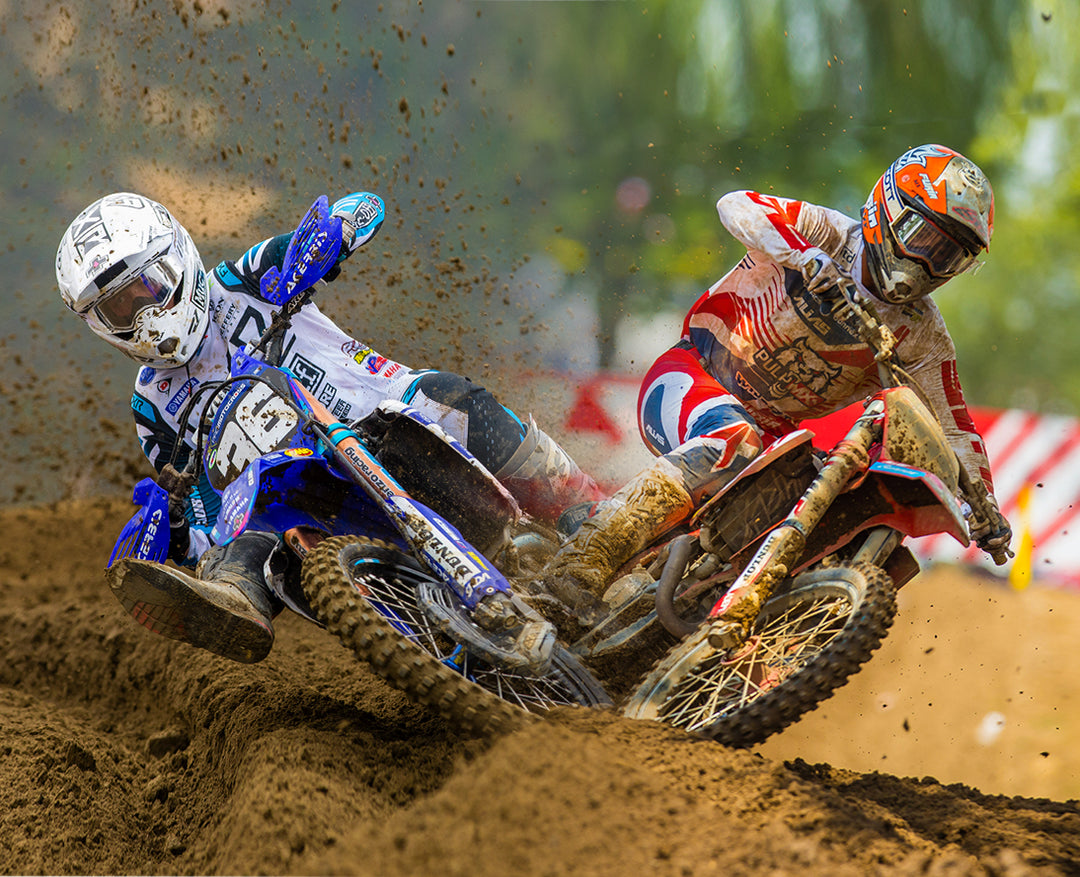
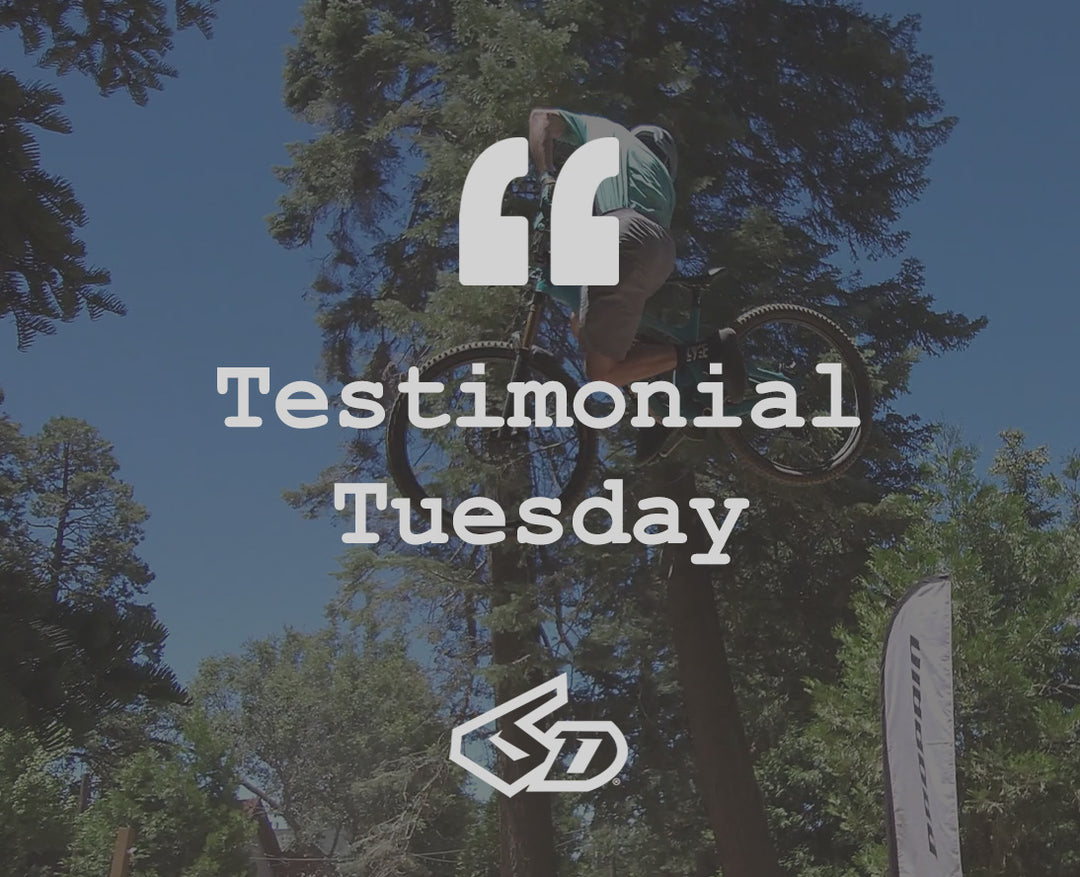
Leave a comment